Many organizations still approach security audits as periodic, reactive events rather than opportunities to strengthen their overall security posture.
But organizations face increasing pressure to demonstrate robust, ongoing security and compliance practices. Data breaches cost businesses an average of $4.88 million in 2024 alone (IBM), making security compliance not just a regulatory requirement but a critical business imperative.
This reactive mindset creates significant challenges: Resource drain, operational disruption, unexpected costs, and compliance gaps. By taking a proactive approach to audit readiness, organizations can transform compliance from a burdensome exercise into a strategic advantage.
Key takeaways
- Audit readiness can become a strategic capability that contributes to business value beyond satisfying compliance obligations
- Organizations with mature audit readiness programs tend to spend less time on security audit preparation and experience fewer findings
- A well-structured maturity model helps organizations benchmark their current state and develop a roadmap for improvement
- Thoropass’ purpose-built platform enables multi-framework compliance that can reduce manual effort through shared framework requirements
What are the costs of poor audit readiness?
Many organizations underestimate the full impact of approaching security audits reactively. While the direct costs of compliance audits are easily quantifiable, the hidden costs of unpreparedness are often much higher than initially expected. Organizations operating across multiple compliance frameworks face compounding financial strain as these costs multiply with each additional security and IT audit, creating a cascade of unexpected expenses that impact the bottom line.
Resource allocation and productivity impacts
Beyond direct financial implications, unprepared organizations suffer significant resource allocation challenges and productivity disruptions. Regular audit fire drills—the frantic scramble to collect evidence, document processes, and prepare stakeholders—divert key personnel from strategic initiatives and daily operations.
Reputational risks of audit failures
The reputational damage from audit unpreparedness can be equally devastating. Failed security audits or qualified opinions must be disclosed to stakeholders, eroding customer and partner confidence at critical moments. Organizations may find themselves unable to close deals or enter new markets due to compliance gaps, creating competitive disadvantages that persist long after the audit cycle concludes.
Regulatory penalties and business restrictions
Regulatory frameworks continue evolving with increasingly substantial penalties for non-compliance. GDPR violations, for example, can result in fines up to €20 million or 4% of global revenue, while HIPAA penalties can reach $1.5 million per violation category per year.
Industry-specific regulations often include penalties beyond monetary fines, including operational restrictions that fundamentally impact business models. These penalties represent just the direct regulatory consequences—without considering the broader business impact of urgent remediation requirements that follow.
Operational disruption during audits
Perhaps most significantly, unprepared organizations experience substantial business continuity disruptions during audit periods. Feature releases and product updates get delayed to stabilize audit environments, sales and customer onboarding processes pause pending audit completion, and strategic initiatives defer as key personnel focus exclusively on audit activities.
This organizational paralysis can last weeks or months, with executive attention diverted from growth activities to compliance firefighting. The cumulative effect transforms what should be a structured validation process into an existential business crisis—clearly demonstrating why audit readiness must be considered a strategic capability rather than merely a periodic compliance activity.
How do you measure audit readiness maturity?
To help organizations benchmark their current state and develop a strategic roadmap for improvement, we’ve developed a five-level maturity model for audit readiness:
Level 1: Reactive (ad-hoc, audit-driven approach)
Organizations at this level typically display a reactive approach that makes it difficult to scale compliance programs as the organization grows:
- Security audit preparation begins only when the next audit is imminent
- Evidence collection is manual and often incomplete
- Documentation is created specifically for audits rather than maintained continuously
- Key stakeholders are unprepared for auditor interviews
- No standardized approach exists across compliance frameworks
- Significant findings are common, and remediation is reactive
Level 2: Proactive (established processes, dedicated resources)
While still maturing, these organizations experience more consistent results and reduced audit fatigue compared to Level 1 organizations:
- Dedicated resources to ensure compliance, with clear responsibilities
- Documented policies and procedures that align with key frameworks
- Basic evidence-collection processes that operate outside audit cycles
- Preliminary control mapping across multiple frameworks
- Improved stakeholder preparation through training and documentation
- More predictable audit outcomes with fewer critical findings
Level 3: Integrated (cross-functional collaboration, technology enablement)
These organizations view compliance as a continuous program rather than a series of point-in-time assessments, demonstrating more sophisticated capabilities:
- Cross-functional compliance committees with executive sponsorship
- Technology-enabled evidence collection and documentation
- Integrated control frameworks that align with business processes
- Ongoing compliance monitoring between formal audit cycles
- Regular stakeholder communication and training programs
- Significantly reduced security audit preparation time and resource requirements
Level 4: Strategic (continuous compliance monitoring, business alignment)
These organizations leverage compliance as a competitive advantage—demonstrating security maturity to customers and partners while minimizing internal disruption:
- Continuous control monitoring with real-time compliance dashboards
- Automated evidence collection integrated with business systems
- Proactive identification and remediation of control gaps
- Compliance considerations embedded in product and system design
- Metrics-driven approach to compliance program effectiveness
- Security audits become validation exercises rather than discovery processes
Level 5: Transformative (compliance as a competitive advantage)
At this level, security audit readiness becomes a strategic differentiator that delivers measurable business value beyond just satisfying compliance requirements. It includes:
- Predictive tools that help anticipate changes in compliance obligations or qualify as roadmap/vision.
- Integrated security and compliance ecosystem with minimal redundancy
- Compliance frameworks that accelerate rather than impede business growth
- Evidence collection and validation as a byproduct of normal operations
- Industry leadership in compliance methodologies and practices
- Audit processes that reflect a mature and well-integrated security and compliance posture
What are the essential elements of audit readiness?
Regardless of current maturity level, organizations can strengthen their audit readiness by focusing on these six core elements:
1. Governance structure and clear accountability
Effective security audit readiness starts with well-defined governance:
- Executive-sponsored compliance committee with cross-functional representation
- Clearly documented roles and responsibilities for compliance activities
- Designated compliance owners for each control domain
- Accountability metrics tied to performance objectives
- Regular governance meetings to assess program effectiveness
This governance framework ensures appropriate visibility, resource allocation, and accountability throughout the compliance lifecycle.
2. Risk assessment methodologies
A structured approach to risk assessment forms the foundation for targeted compliance efforts:
- Documented methodology for identifying, assessing, and prioritizing risks
- Regular risk assessment cycles aligned with business changes
- The clear connection between identified risks and implemented controls
- Risk registers that inform audit scoping and control prioritization
- Alignment between business risk tolerance and compliance objectives
By understanding the relationship between risks and controls, organizations can focus resources on high-impact areas rather than treating all controls equally.
3. Evidence management and documentation strategy
Efficient evidence management significantly reduces audit effort:
- Centralized evidence repository with appropriate access controls
- Evidence-collection processes integrated into business operations
- Clear naming conventions and metadata to make everything easily accessible
- Evidence retention policies aligned with compliance requirements
- Automated evidence collection where possible to reduce manual effort
This structured approach ensures that evidence is readily available when needed rather than requiring last-minute collection efforts.
4. Control optimization and automation
Mature organizations continuously refine their control environment:
- Regular assessment of control effectiveness and efficiency
- Elimination of duplicate or redundant controls
- Automation of control execution and evidence collection
- Clear control descriptions that align with framework requirements
- Balanced preventive, detective, and corrective control types
This optimization reduces compliance burden while improving security posture—a win-win for both operational efficiency and risk management.
5. Cross-functional collaboration protocols
Security audit readiness extends beyond the compliance team:
- Documented protocols for cross-functional collaboration
- Regular touchpoints with key control owners and stakeholders
- Shared compliance calendars and milestone tracking
- Clear escalation paths for compliance issues
- Joint accountability for compliance outcomes
These collaboration mechanisms ensure that compliance remains integrated with business operations rather than becoming an isolated function.
6. Stakeholder communication plan
Effective communication significantly improves audit outcomes:
- Standardized communication templates for different stakeholder groups
- Regular updates on compliance program status and upcoming activities
- Targeted preparation for stakeholders participating in auditor interviews
- Clear communication of findings and remediation requirements
- Executive-level reporting on compliance program effectiveness
This structured communication approach ensures that stakeholders understand their roles and remain engaged throughout the compliance lifecycle.
How does technology transform audit readiness?
Technology plays an increasingly critical role in scaling audit readiness programs as organizations grow and compliance requirements expand.
Manual to automated compliance evolution
The evolution from manual to automated compliance processes follows a predictable pattern:
- Manual processes: Spreadsheets, shared drives, and email-based evidence collection
- Basic automation: Simple workflow tools and document management systems
- Dedicated solutions: Purpose-built compliance platforms with framework-specific capabilities
- Integrated ecosystems: Compliance solutions that connect with business systems for automated evidence collection
- Intelligent compliance: AI-enhanced solutions that provide predictive insights and continuous monitoring
This progression significantly reduces manual effort while improving accuracy and consistency—allowing compliance teams to focus on strategic activities rather than administrative tasks.
Thoropass’ purpose-built platform fits into this evolution by providing dedicated compliance capabilities that eliminate the inefficiencies of manual processes while offering more sophisticated features than basic workflow tools.
Centralized evidence management benefits
A centralized evidence repository delivers multiple benefits:
- Single source of truth for compliance artifacts
- Reduced duplication of evidence-collection efforts
- Improved version control and change tracking
- Streamlined access for auditors during fieldwork
- Simplified evidence mapping across multiple frameworks
Organizations with centralized repositories report a significant reduction in evidence collection effort compared to decentralized approaches. Thoropass‘ centralized evidence repository is specifically designed to solve one of the most time-consuming aspects of security audit preparation—gathering, organizing, and mapping evidence across multiple frameworks to break free from endless audit loops.
Continuous monitoring capabilities and real-time compliance status
Modern compliance platforms provide visibility beyond point-in-time assessments:
- Real-time dashboards showing control status and exceptions
- Automated testing of control effectiveness
- Continuous validation of critical security configurations
- Early warning of potential compliance gaps
- Trend analysis to identify emerging issues
This continuous visibility allows organizations to address compliance gaps proactively rather than discovering them during audits.
Analytics and predictive insights for proactive risk management
Advanced compliance solutions leverage analytics to deliver strategic insights:
- Identification of control patterns and potential weaknesses
- Predictive analysis of likely audit findings
- Resource optimization recommendations
- Benchmarking against industry compliance standards
- ROI analysis for compliance investments
These insights transform compliance data into actionable intelligence that supports strategic decision-making.
Integration with broader risk management systems
Mature organizations integrate compliance with enterprise risk management using:
- Unified risk and compliance taxonomies
- Integrated assessment methodologies
- Coordinated control testing and validation
- Shared reporting and dashboards
- Aligned governance structures
This integration ensures that compliance activities support broader risk management objectives rather than operating in isolation.
Multi-framework control mapping
Effective control mapping provides significant efficiency gains:
- Identification of common requirements across frameworks
- Unified control descriptions that satisfy multiple standards
- Gap analysis to identify framework-specific controls
- Rationalized control set that minimizes duplication
- Clear visibility into cross-framework coverage
This mapping allows organizations to implement once and comply many times—significantly reducing the overhead of multi-framework compliance.
Cross-framework evidence optimization
With proper planning, a single piece of evidence can often satisfy requirements across multiple frameworks:
- Standardized evidence formats that meet multiple framework expectations
- Consolidated evidence requests to minimize stakeholder burden
- Cross-linking of evidence to applicable controls across frameworks
- Centralized evidence repository with framework-specific views
- Efficient reuse of evidence across multiple audits
This unified approach can reduce the evidence-collection effort compared to framework-specific collection processes.
Multi-certification audit strategies
Advanced organizations structure their audit programs to maximize efficiency:
- Coordinated audit timing to support multiple frameworks
- Integrated audit scoping that covers all relevant requirements
- Selection of auditors with multi-framework capabilities
- Unified sampling methodologies that satisfy multiple standards
- Consolidated audit interviews that address cross-framework topics
This strategic approach reduces duplicative audit activities while still satisfying the unique requirements of each framework.
How do you build effective auditor relationships?
The relationship between organizations and their auditors fundamentally shapes the compliance process. Selecting the right security audit partner means finding a firm that understands your industry context, compliance objectives, and organizational culture.
Successful organizations have moved beyond engaging with auditors only during formal assessment periods. Instead:
- They establish year-round communication channels that transform the traditional adversarial dynamic into a strategic partnership.
- Regular check-ins provide opportunities to discuss significant changes, address emerging compliance challenges, and align on framework interpretations before they become audit issues.
This ongoing dialogue eliminates surprises and allows both parties to solve problems collaboratively rather than through formal findings.
The audit planning process presents a critical opportunity to optimize the assessment experience. Forward-thinking organizations engage in collaborative scoping that focuses auditor attention on the most relevant risk areas. This approach includes:
- Jointly developing audit scopes
- Agreeing on sampling methodologies
- Coordinating timing to minimize business disruption
The most effective audit relationships feature clear evidence expectations from the beginning—ensuring that both parties work toward the same objectives with minimal wasted effort.
Transparency represents perhaps the most counterintuitive element of modern audit relationships. Honest acknowledgment of known gaps—accompanied by thoughtful remediation plans—builds trust and ultimately leads to more efficient assessments.
Conclusion: Audit readiness as a strategic advantage
Audit readiness has evolved from a tactical compliance activity into a strategic business capability. Organizations that develop mature security audit readiness capabilities realize significant benefits:
- Reduced compliance costs through improved efficiency
- Minimized business disruption during audit cycles
- Enhanced security posture through continuous monitoring
- Improved stakeholder confidence in compliance outcomes
- Competitive differentiation in security-conscious markets
By adopting the maturity model and key elements outlined in this article, organizations can transform their approach to compliance—moving from reactive scrambling to strategic readiness that delivers measurable business value.
As regulatory complexity continues to increase, this strategic approach to audit readiness will become increasingly critical—not just for compliance success but also for overall business performance and resilience.
Ready to transform your compliance approach? Partner with Thoropass to implement a purpose-built platform that streamlines evidence collection, breaks free from endless audit loops, and enables multi-framework compliance with significantly reduced effort. Learn how our experienced experts can help you turn audit readiness into a strategic advantage.
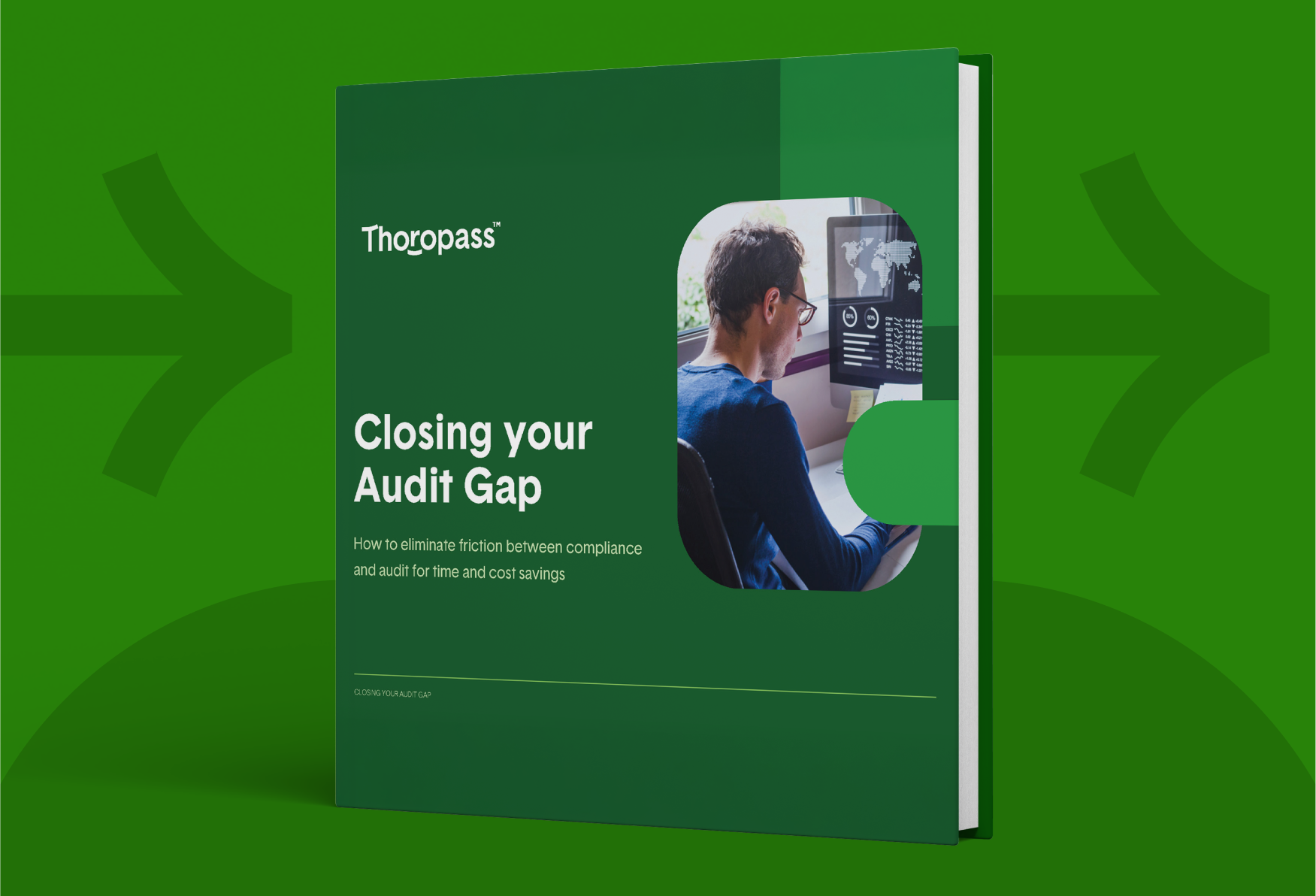
Related Posts
Stay connected
Subscribe to receive new blog articles and updates from Thoropass in your inbox.
Want to join our team?
Help Thoropass ensure that compliance never gets in the way of innovation.




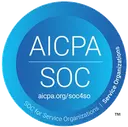


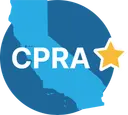




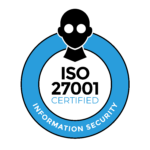

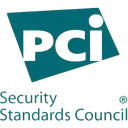
.png)